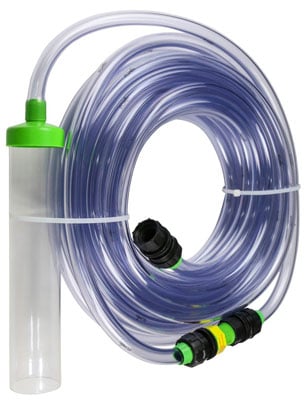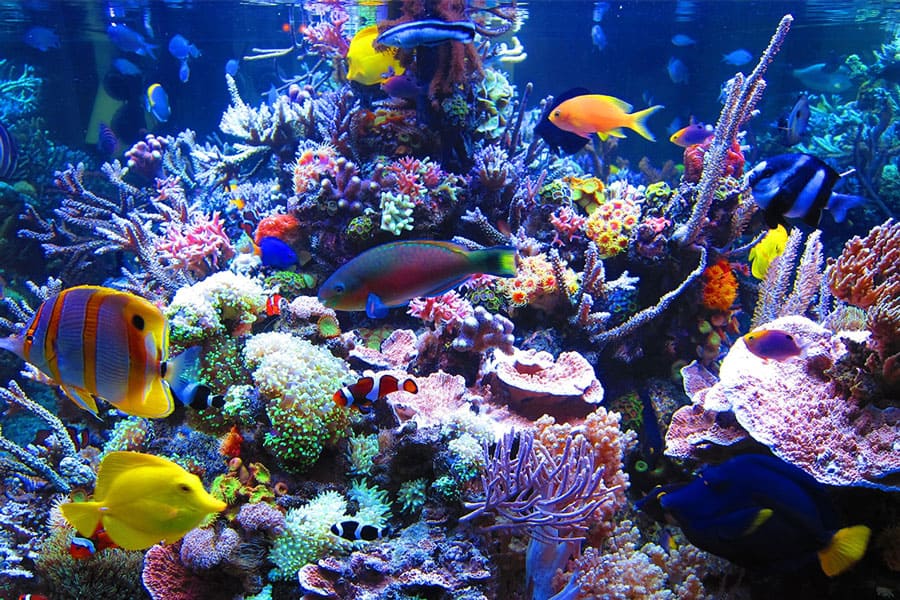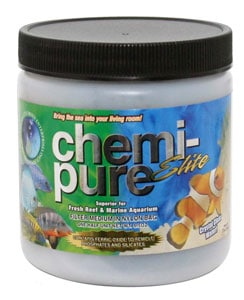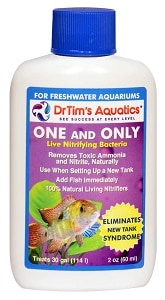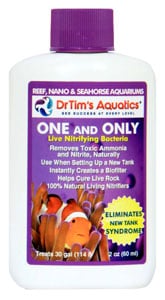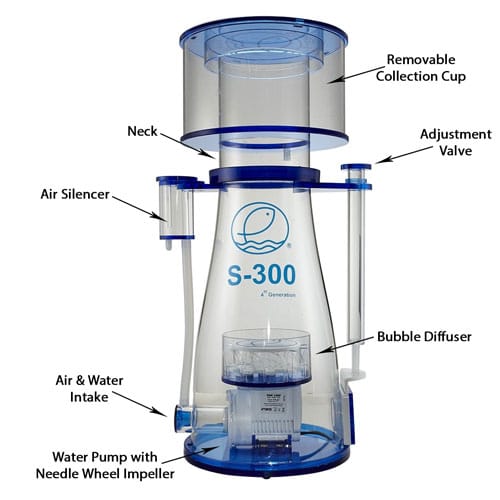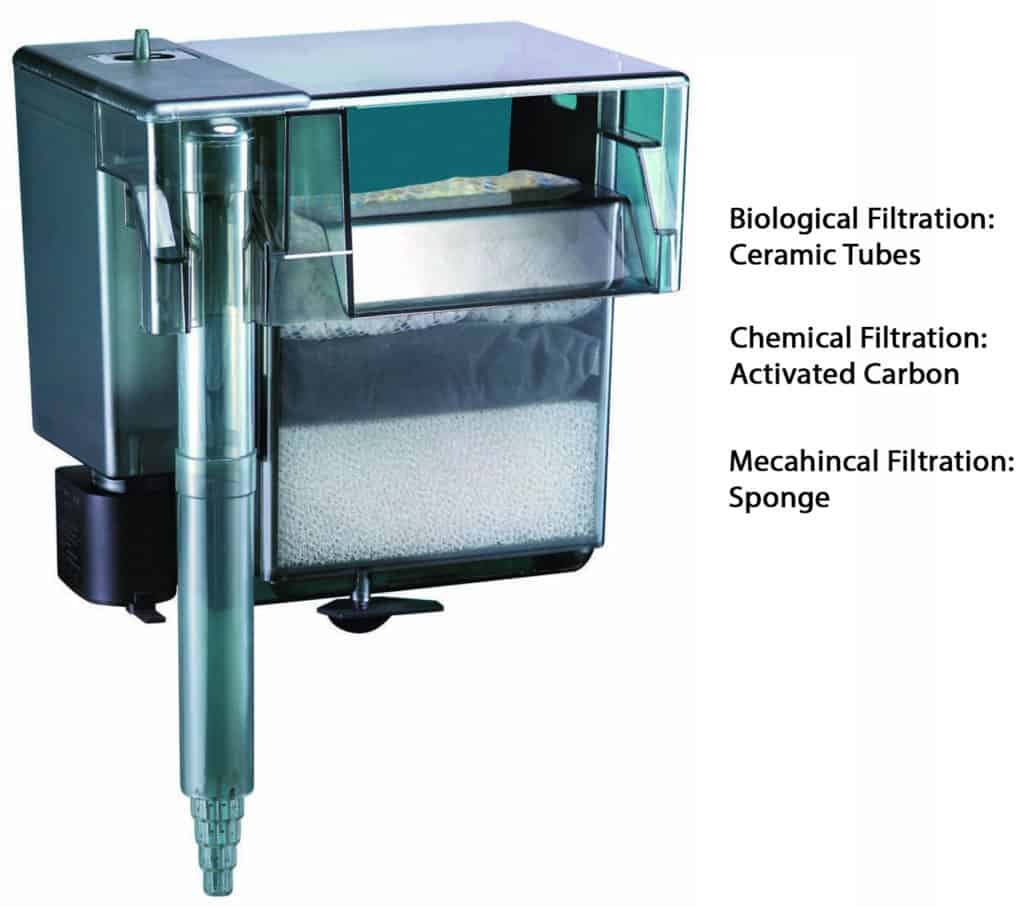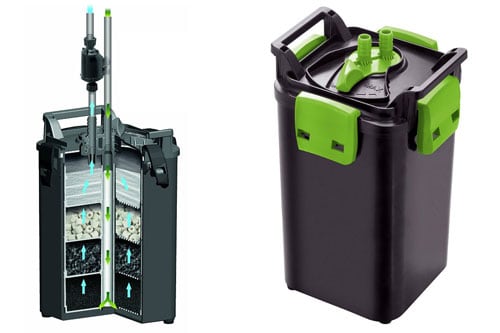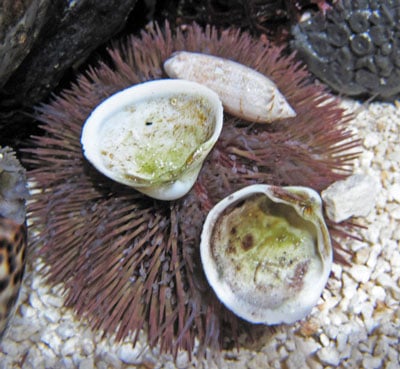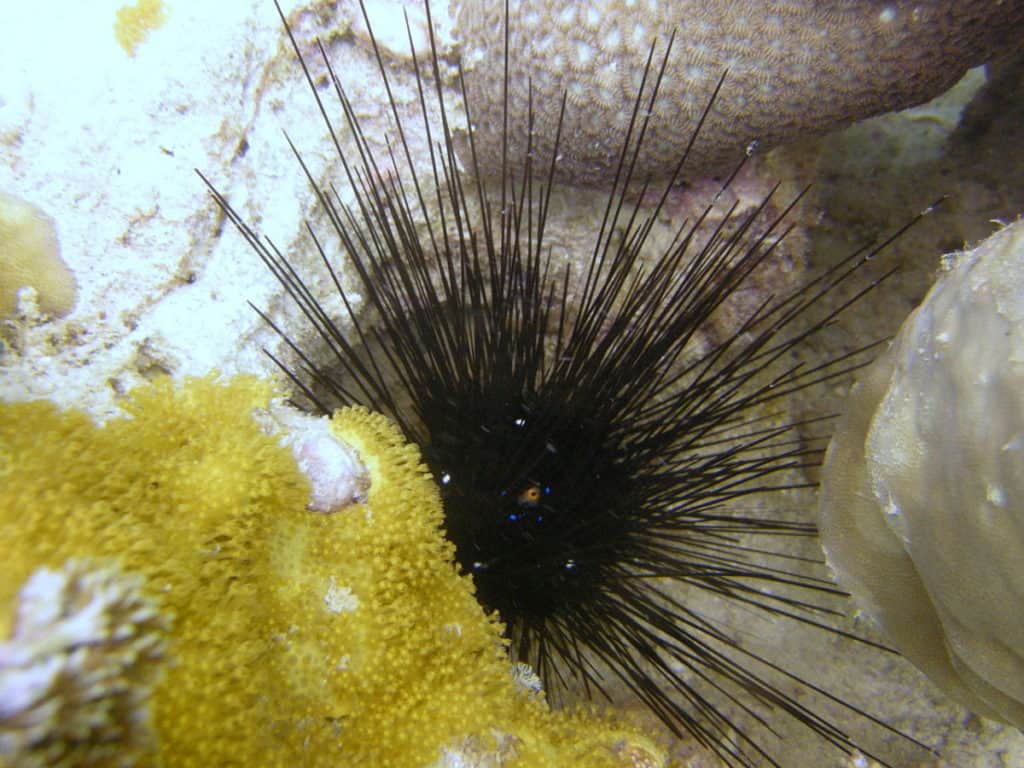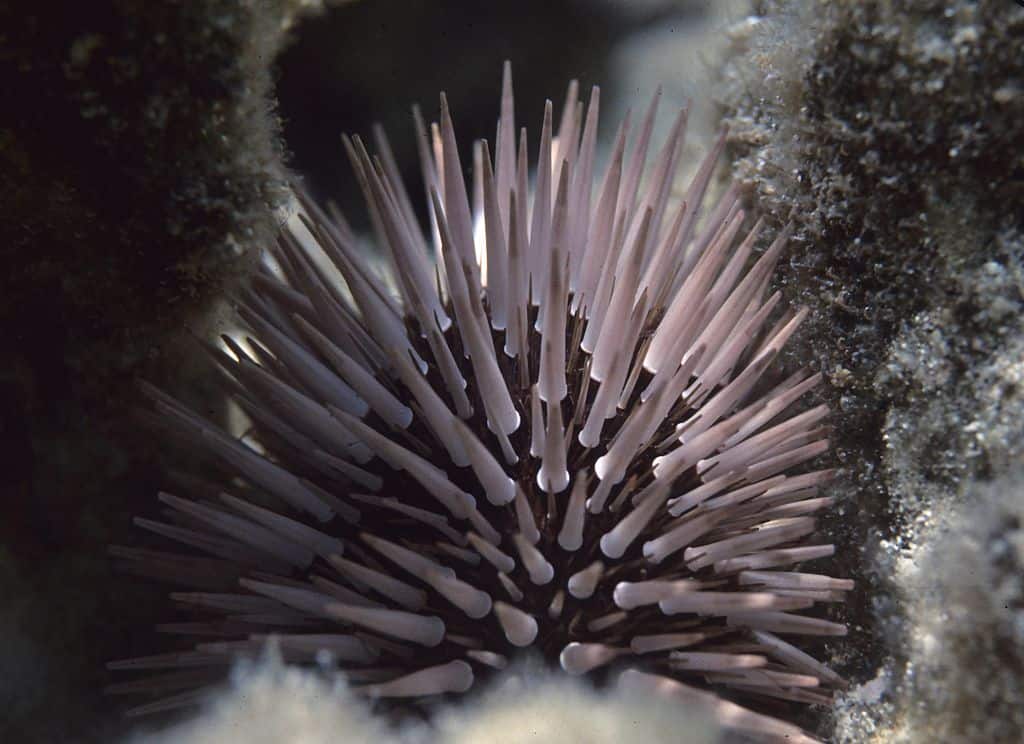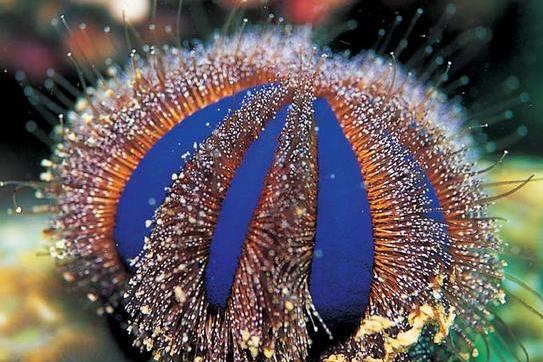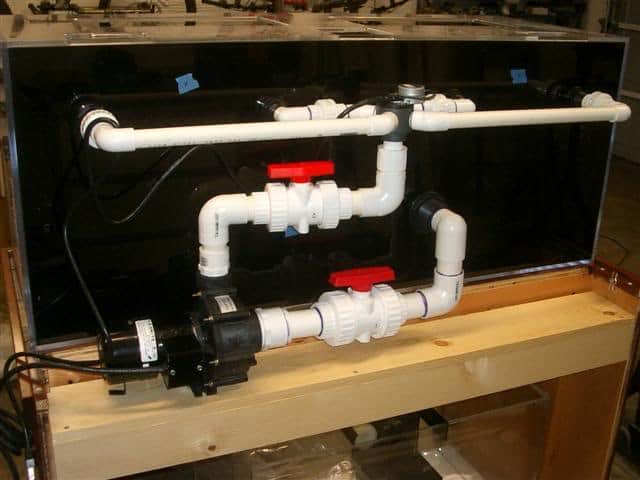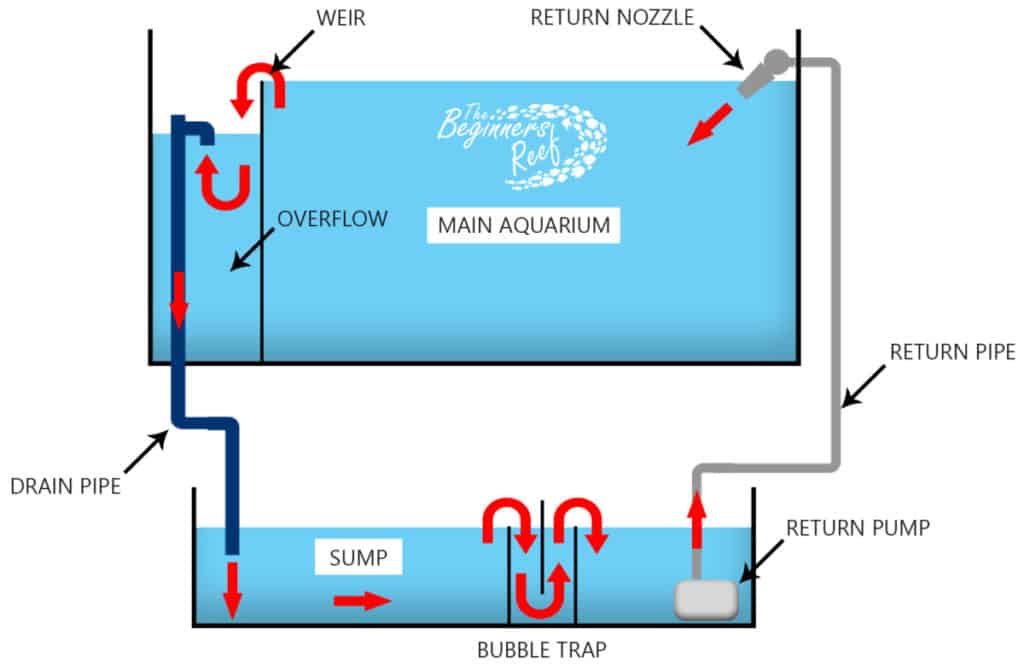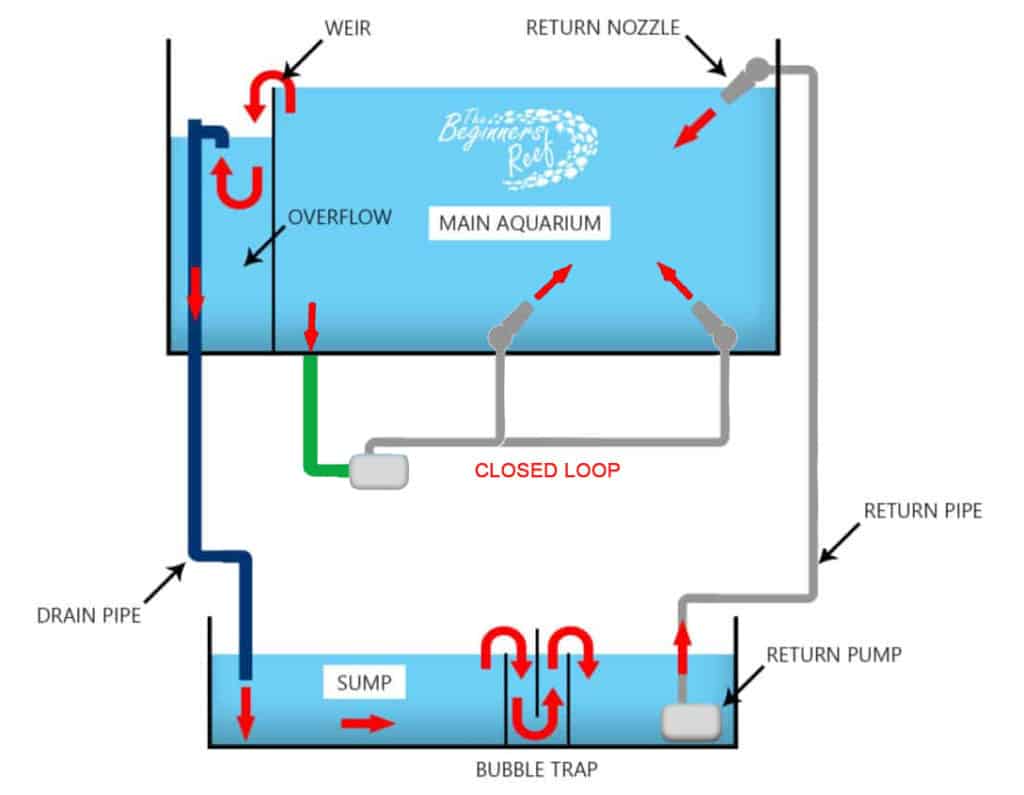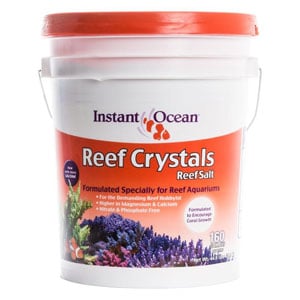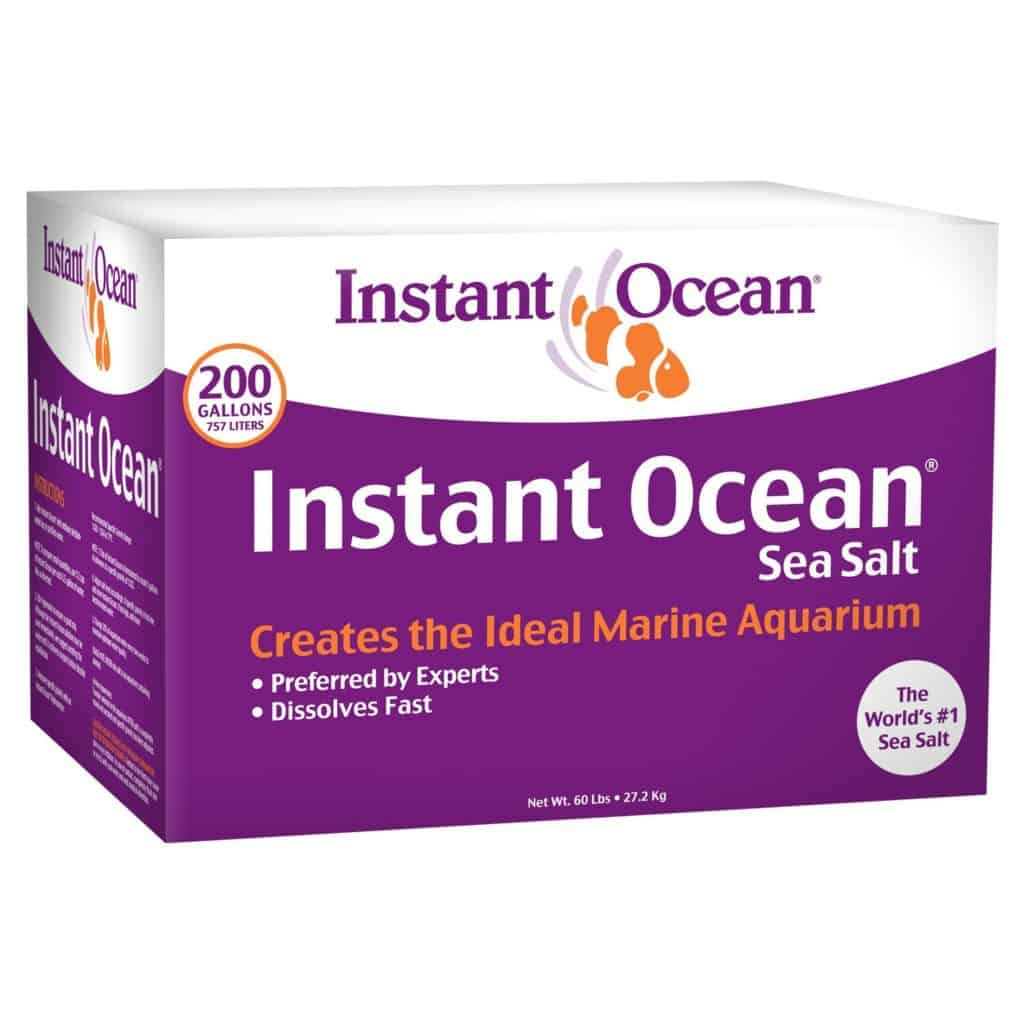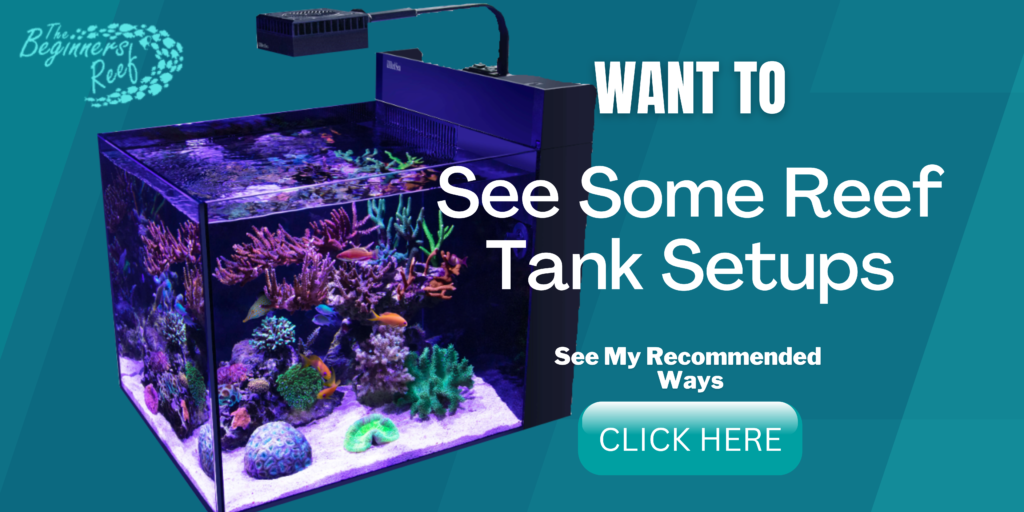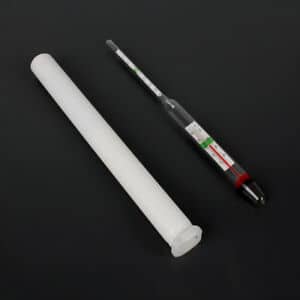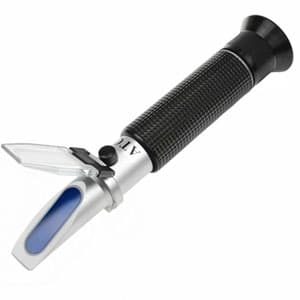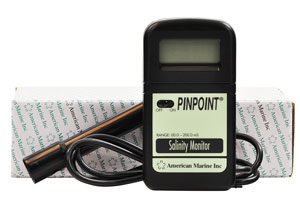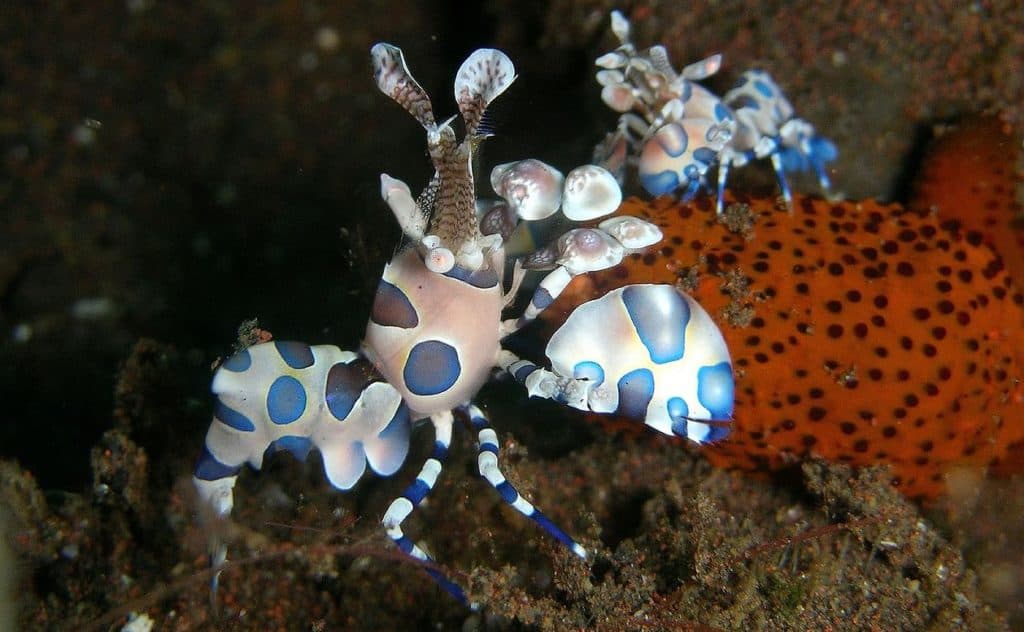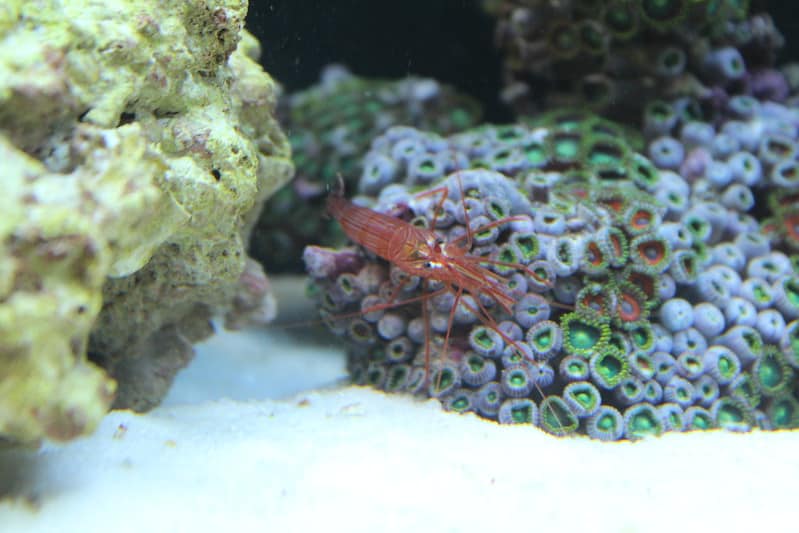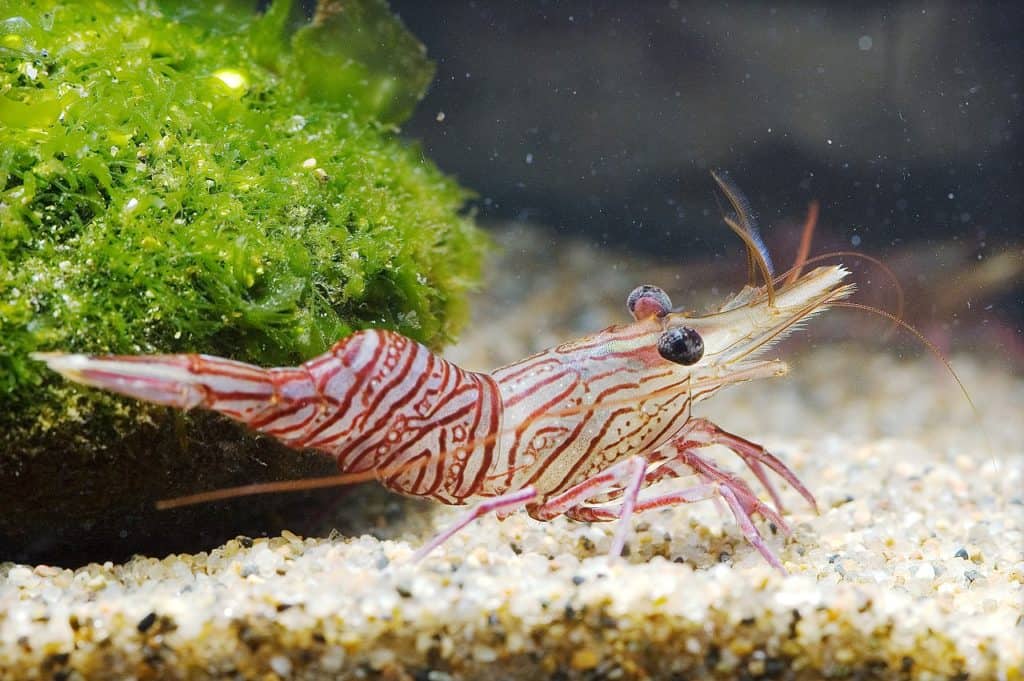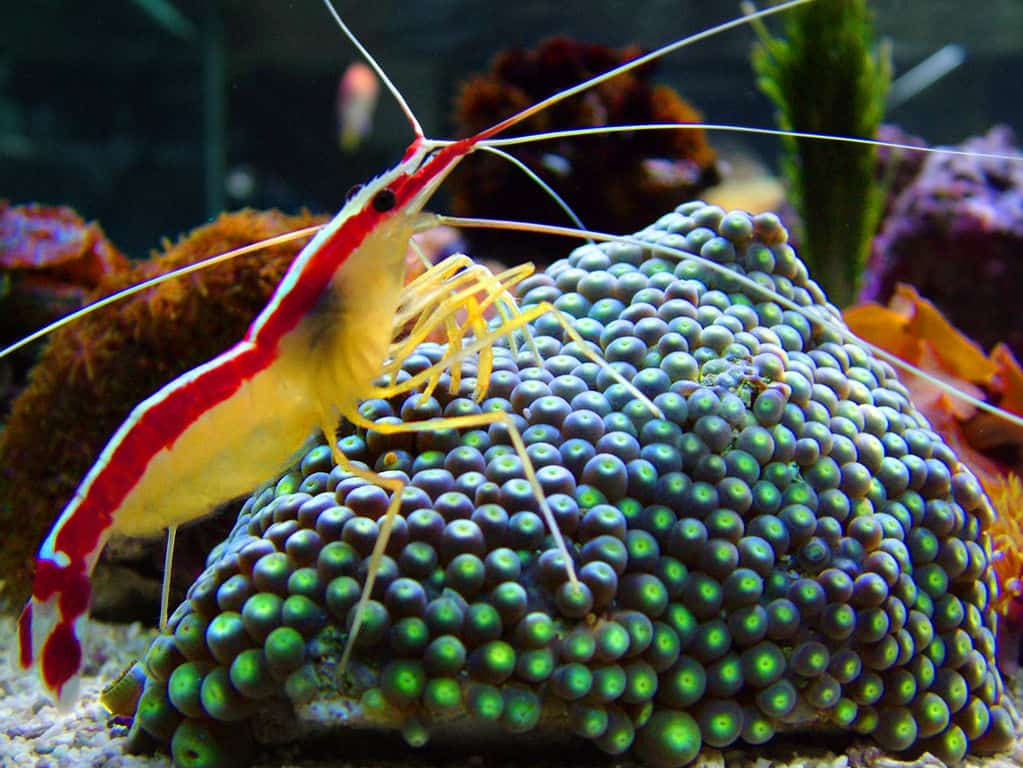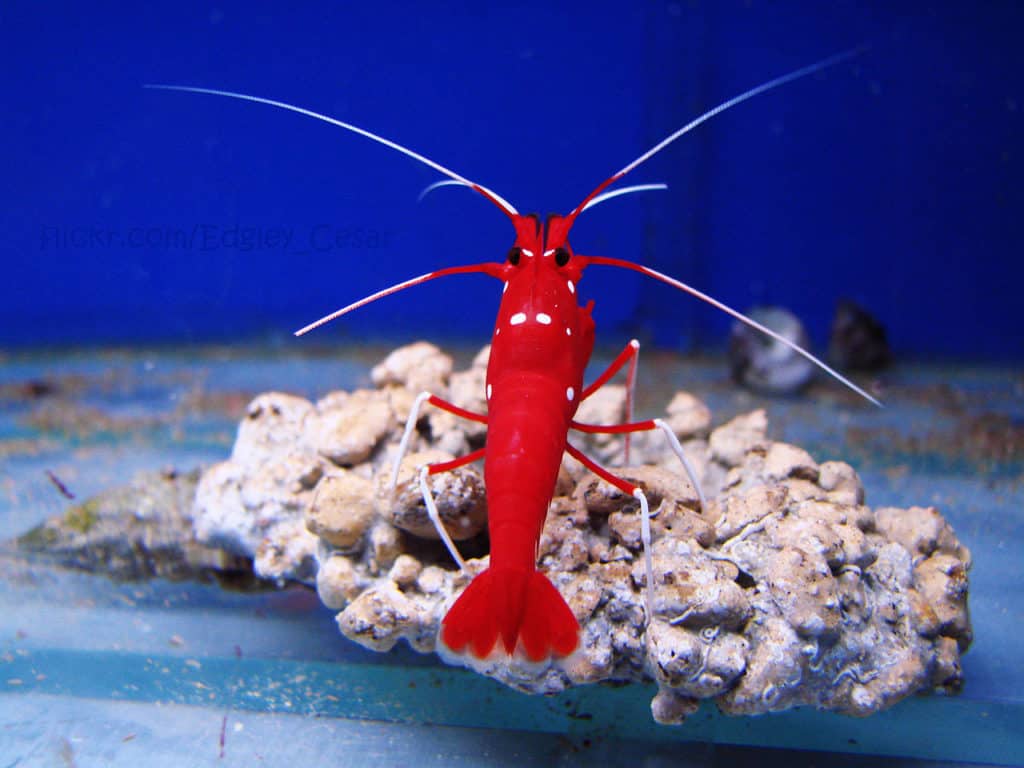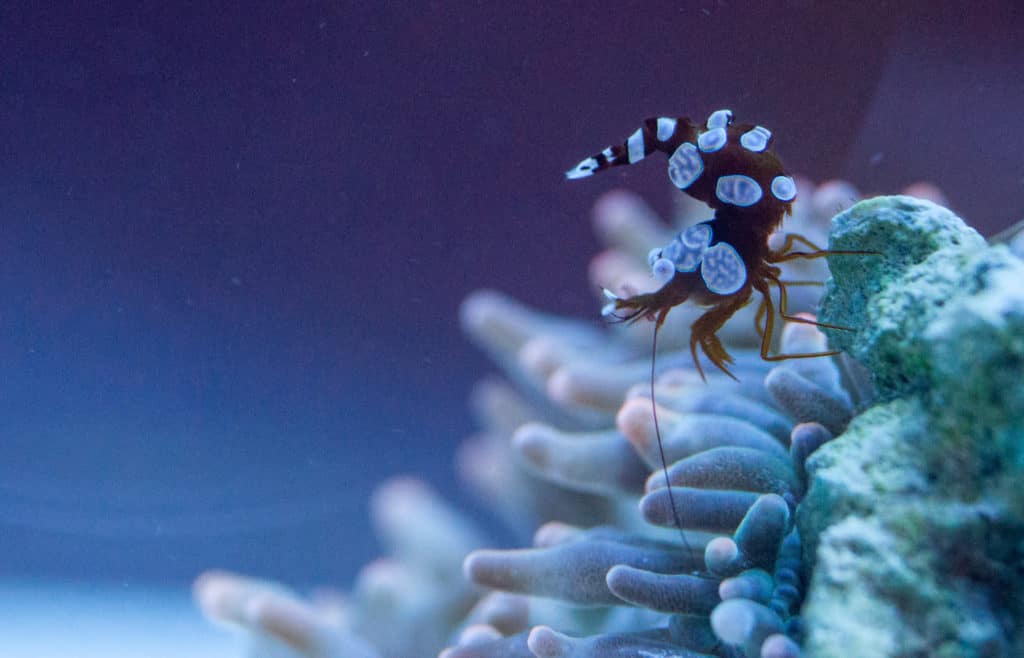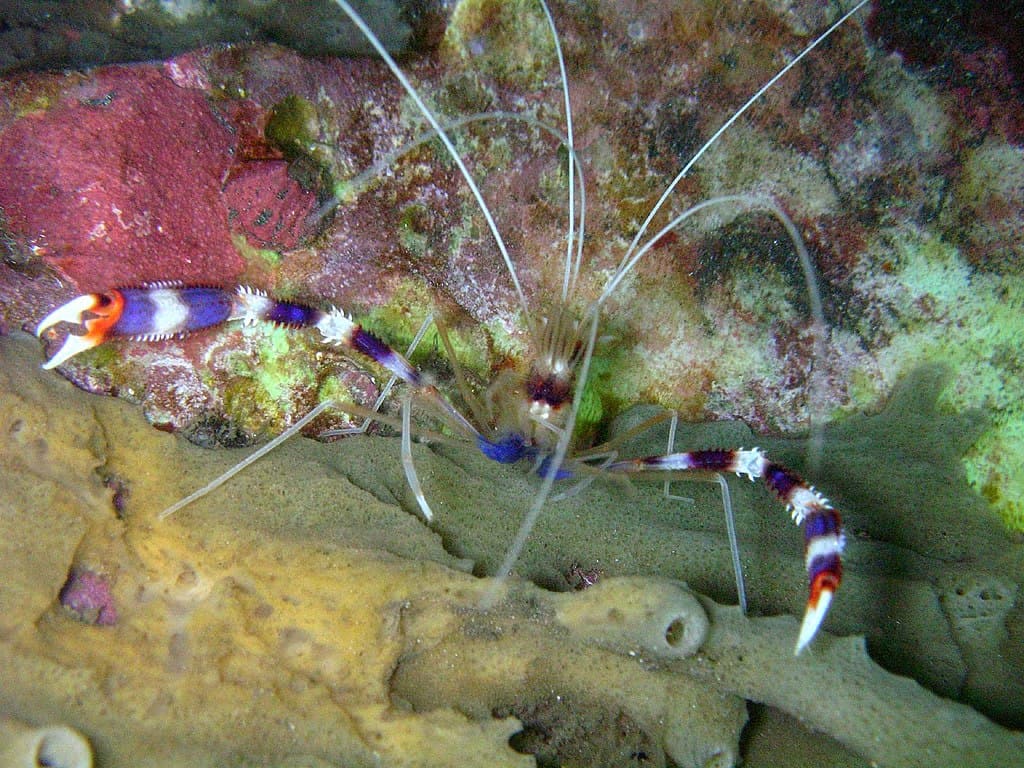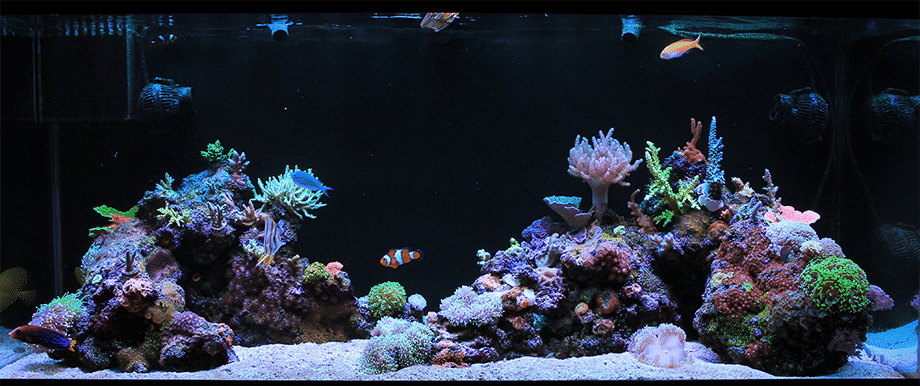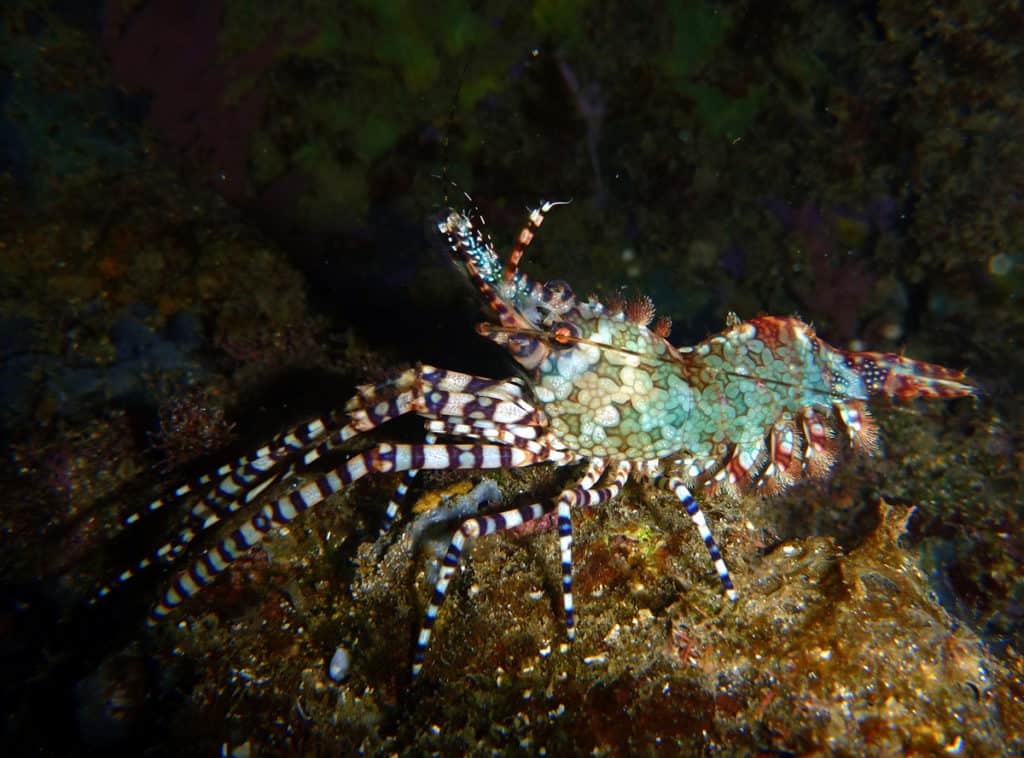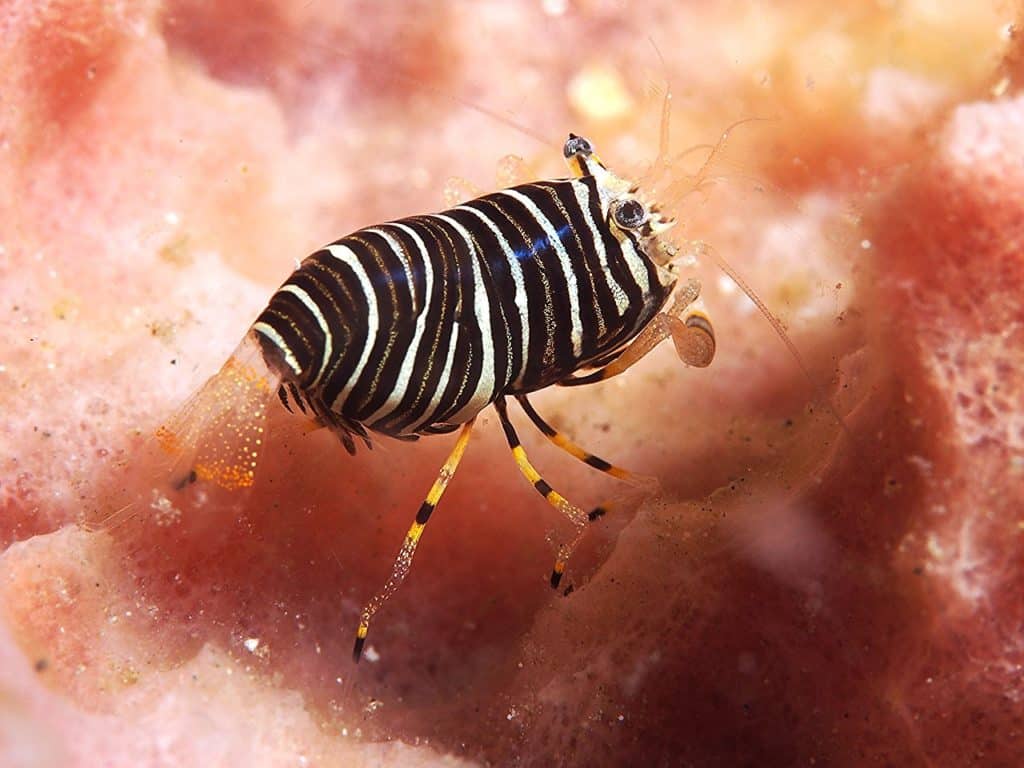I see the question of putting an aquarium in a bedroom so many times, with so many different points of view. I grew up with an aquarium in my bedroom for my entire teenage years so I have a few tips and tricks to pass on if this is something you wish to do.
Having an aquarium in a bedroom, especially a child’s bedroom can be a great start to teaching them many things. Responsibility, cleaning, researching, understanding, planning, financial budgeting, and most of all calming.
A friend of mine has a son with autism and the calming effect it had on him when he got his own aquarium for his birthday was incredible. There are so many benefits to having an aquarium in a bedroom, but there are many things that need to be taken into account before installation to ensure the aquarium is a success.
Here are 12 things to think about…
1. Size of the Room Vs Aquarium Size
Before you purchase an aquarium, you should take into account your room size so you can install an appropriately sized tank. A smaller fish tank is generally a better option as bedrooms tend to be smaller and have lots of furniture within them.
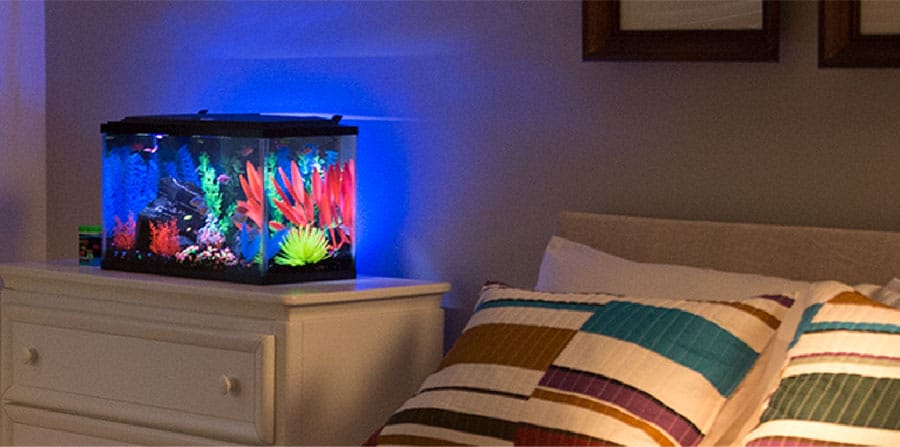
However, a larger fish tank is great for bigger bedrooms as the amount of livestock you can have in it greatly improves, and the water stability will fluctuate far less with more water volume.
There are so many types of aquariums that are ready to go on the market today that finding one to suit your room’s decor is simple. Just be sure to leave enough room all around the tank to access it for maintenance. A tank that is a pain to work on will become neglected as time goes by – Trust me!
2. Accessing Water
One of the great things about a bedroom aquarium is that there is usually a bathroom very close by. This gives quick and easy access to water for water changes and a drain for water removal.
Care must be taken in this situation though, as a large volume of water spilled in the upper level of a home or apartment can soon create a huge mess of the ceiling below! Be also very mindful if you are planning to set up a saltwater aquarium as salt granules or saltwater spilled on the carpet is a nightmare to clean up – Another ‘Trust Me’ moment!
One of the best devices I highly recommend is a Python Substrate Vacuum. It allows you to easily remove water from the tank with no spillages.
It is also great for re-filling by attaching it to a pump in your new water container.
Just be sure to secure the end of the hose so it doesn’t drop out of the aquarium or bathtub when you are moving water! A hobbyist’s or carpenter’s clamp works well.
You can find the Super Helpful Python Vacuum Here at Amazon.com
3. Noise From the Aquarium
Bedrooms are presumed to be peaceful and quiet so you can rest after a tiring day no matter your age. Having an aquarium in your room should ensure this peace remains undisturbed, this is why a little planning is required.
Aquariums do create some noise and depending on the size of the aquarium, the noise generally gets louder the larger the aquarium becomes just because the water pumps become larger and/or multiple.
For me personally, I love the AIO (All-In-One) aquariums as they have all the filtration built into the back of the tank and with smaller pumps, they run almost silent!
By setting up the aquarium correctly many people actually enjoy the faint trickle of water that the filter’s return nozzle creates to help improve the tranquility of the bedroom.
4. Noise at the Aquarium
This is especially important when it comes to kids’ and teenagers’ bedrooms who wish to install an aquarium. Fish are easily stressed by loud bangs, knocks on the tank, and vibrations from loud music, especially music with deep bass.
A constant barrage of noise in the bedroom with the tank can easily lead to fish illness and death, which, depending on the disease can spread like wildfire throughout the tank and decimate your livestock.
A little education with the child making them understand the needs of the fish they wish to have is all that is needed to ensure a healthy aquarium. Kids play and love loud music so there is no getting away from it, just being mindful of this can give them that added bit of extra responsibility which aquariums are great for.
5. Aquarium Lights
To increase the beauty of any aquarium its needs to be lit. If you are planning a saltwater aquarium with coral, then the correct light is essential for them to live.
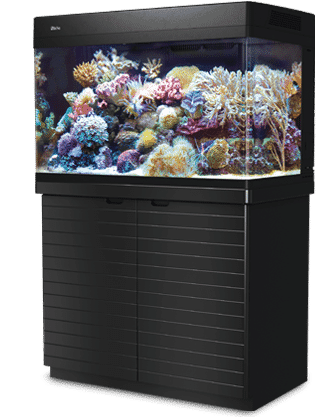
Depending on the style of aquarium you wish to install the aquarium lights may be housed in a canopy on top of the tank or hung above it if it is a rimless style aquarium.
On reef tanks especially these lights are bright, I mean really bright, especially if you are sitting/lying lower than the light and in its field of spread.
Correct placement of your aquarium has to be made to ensure the light spread is not distracting for owners with a desk in their room, for example.
The second factor you need to consider is the light duration. For freshwater fish, the light can be on only in the evening when you are in the room for viewing pleasure.
For aquariums with corals, they will need light periods of up to 12 hours so timers must be used to ensure the aquarium lights turn off before your regular bedtime. A lighting period of 10am – 10pm works well for corals and you.
When I had my aquarium in my room as a teenager I used to love getting into bed and watching my fish for around 20 mins. My timer on the lights would shut off automatically after this time. As I got older I would adjust the timer to suit my bedtime my parents had set. It was great and very relaxing!
If you wish to set up a reef tank then this article will help you pick the right lights for the types of coral you wish to have:
Best Reef Tank LED’s – Your Guide For Softies, LPS & SPS
6. Tank Odor
When you wish to keep an aquarium in a bedroom you have to be extra diligent in its cleaning and maintenance. An ill-maintained tank can soon begin to produce a foul smell by releasing very small amounts of ammonia, nitrogen, and hydrogen sulfide which are smelly.
Teenage boy’s bedrooms can be stink pits at the best of times and adding another smell to the room just is not going to go down well with parents!
Even if the aquarium is in pristine condition, it will produce bio-waste in the form of dead organic matter, dead fish, or food leftovers which can produce a bad aroma if left unattended. Regular maintenance and water changes help to keep aquariums stink-free!
Another concern regarding odors is that most people apply deodorants, perfumes, and colognes in the bedroom and are worried about these smells polluting the water. Providing these are not being applied directly over the tank and are not in excessive quantities then the aquarium will be fine.
Running activated carbon in the filter media will help to pull any of these pollutants from the water if any does become absorbed.
This article can help give you a little more information on airborne pollutants:
Are Candles, Scented Oils & Air Fresheners Aquarium Safe?
7. Humidity & Temperature
Bedrooms are meant for sleeping and to do that they need to be dark, quiet, the correct temperature, and humidity to provide meaningful rest. We have already spoken about the noise and light side of a tank in a bedroom, now we need to address the last two.
Humidity levels in a bedroom should be kept between 30% – 60% with a temperature of around 66°F for optimal sleep. When a large aquarium is placed into a bedroom and its water temperature is around 80°F, you can bet the temperature and the humidity is going to rise.
Selecting an aquarium of appropriate size for the room and keeping the room well ventilated will help control the humidity and temperature of the room. Excess humidity without it being controlled can lead to mold which then becomes a health risk.
In all my years as a teenager, I never came across this problem but when I moved to where our winters drop to -40°F, humidity on the windows was noticeable, so depending on the climate where you live, it may be something to consider.
This article can help give you a little more information on Mold & Aquariums:
Can Aquariums Cause Mold? This Could Be Serious!
8. Direct Sunlight & Aquariums
Try not the put your aquarium in the path of direct sunlight because it can be harmful to your livestock. Sunlight works as a radiator on the aquarium and will gradually heat the water causing stress among the fish. This is especially so in small aquariums where temperature fluctuations happen faster.
Direct sunlight can cause you another problem; the increased growth of algae which can be quite unpleasant and bothersome. More work is required to control your nutrients to keep algae at bay, but adding sunlight to it can just make your battle that much harder!
9. Aquariums & HVAC
No matter where you live, there will be times of the year where either heating or A/C will be required to run 24/7 to keep your home livable. Fish need a stable, temperature-controlled environment in their aquarium and a HVAC system can play havoc with that stability.
One of the best precautions you can make is to ensure you do not place the aquarium near an HVAC outlet or inlet or by a radiator if your home is a hot water loop system. If you can keep your bedroom at a constant temperature year-round then that will really help maintain water stability. Having a room temperature fluctuating 5 degrees or more each day could cause you problems, especially with a reef tank.
10. Weight of Aquariums
Bedrooms are mostly on the second floor so you have to consider the weight of the aquarium. If you have an old house then anything heavy upstairs can be risky. The bigger a tank becomes, the heavier it gets!
Filled saltwater aquariums weigh 8.56 lb. / 3.88 kg per gallon and 2.26 lb. / 1.03 kg per liter.
Filled freshwater aquariums weigh 8.34 lb. / 3.78 kg per gallon and 2.20 lb. / 1.00 kg per liter.
For example, a 50 gallon aquarium will weigh around 425 lb. / 190 kg for the water alone, then add the tank itself, stand, and canopy. Now, if you wish to put a 200 gallon aquarium in your bedroom then the weight dramatically jumps to 1,700 lb. / 760 kg!
Not only is it smart to look into the structure of the floor, but also the stand itself. Most aquariums come with a purposely designed stand to help with this. Other tips include placing the aquarium near an outside wall where the floor joists join the wall. Placing the aquarium across multiple floor joists, or placing the aquarium over supporting walls on the floor below.
This article can help give you a little more information on the weight of Aquariums:
11. Kids & Aquariums
When you have kids, they likely create havoc in the house running and playing around, their bedroom is no different. I know my kids do!

Young kids should always be supervised around aquariums! An aquarium in a house with small children is one thing, placing it in their bedroom might be problematic. This is why smaller aquariums are always recommended for children’s bedrooms.
A bump to an aquarium can cause it to topple over, a launched Hotwheels car into the glass can cause it to burst (When my son was 3 years old he did this toward my 75 gallon reef tank – Luckily it hit the stand but my heart sank when I saw his rendition of Smokey & The Bandit off the arm of the couch!)
If you have lively children, just be aware!
12. Aquarium & Therapy
Aquariums have a calming nature which is why many offices (which I consider is stressful environments) have them in their setting. In a bedroom, it can be a great idea to have because it will soothe the strain on your mind and body leaving you feeling relaxed.
The National Marine Aquarium conducted research and found that blood pressure and heart rates of people who watch aquariums get reduced. So, for senior citizens, it will be great to have one in their bedroom as it will be a constant source of peace for them. I used to maintain an aquarium in a retirement home and it was the highlight of their common area!
Another study was conducted at Purdue University stating that aquariums with colorful fish can pacify disruptive habits of Alzheimer’s patients along with improvements in their eating habits. It was also found in the same study that aquarium had an impact on their aggression levels making them more relaxed. So, having an aquarium in the bedroom of Alzheimer’s patients can have a life-changing impact on their health and habits.
Aquariums are Amazing!
To Finish
Aquariums are a great addition to a bedroom, not only from a peaceful and relaxation point of view but also to help teach our children compassion, responsibility, and education.
Most homes require none or very minimal changes to safely add an aquarium, but some thought is required to ensure you get the best possible experience from your tank and it leads you to a life where fish stay with you for many, many years!
I know it did for me!
Further Reading
You may also find the following articles helpful:

